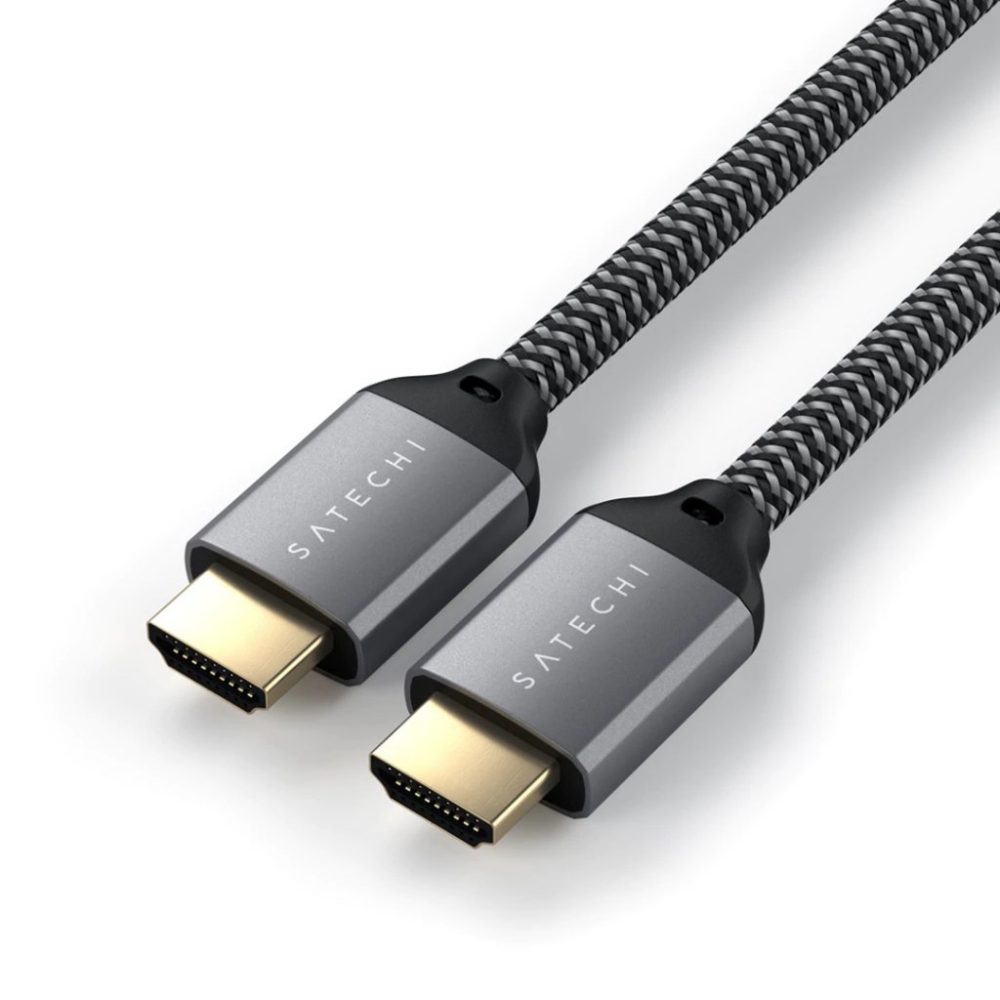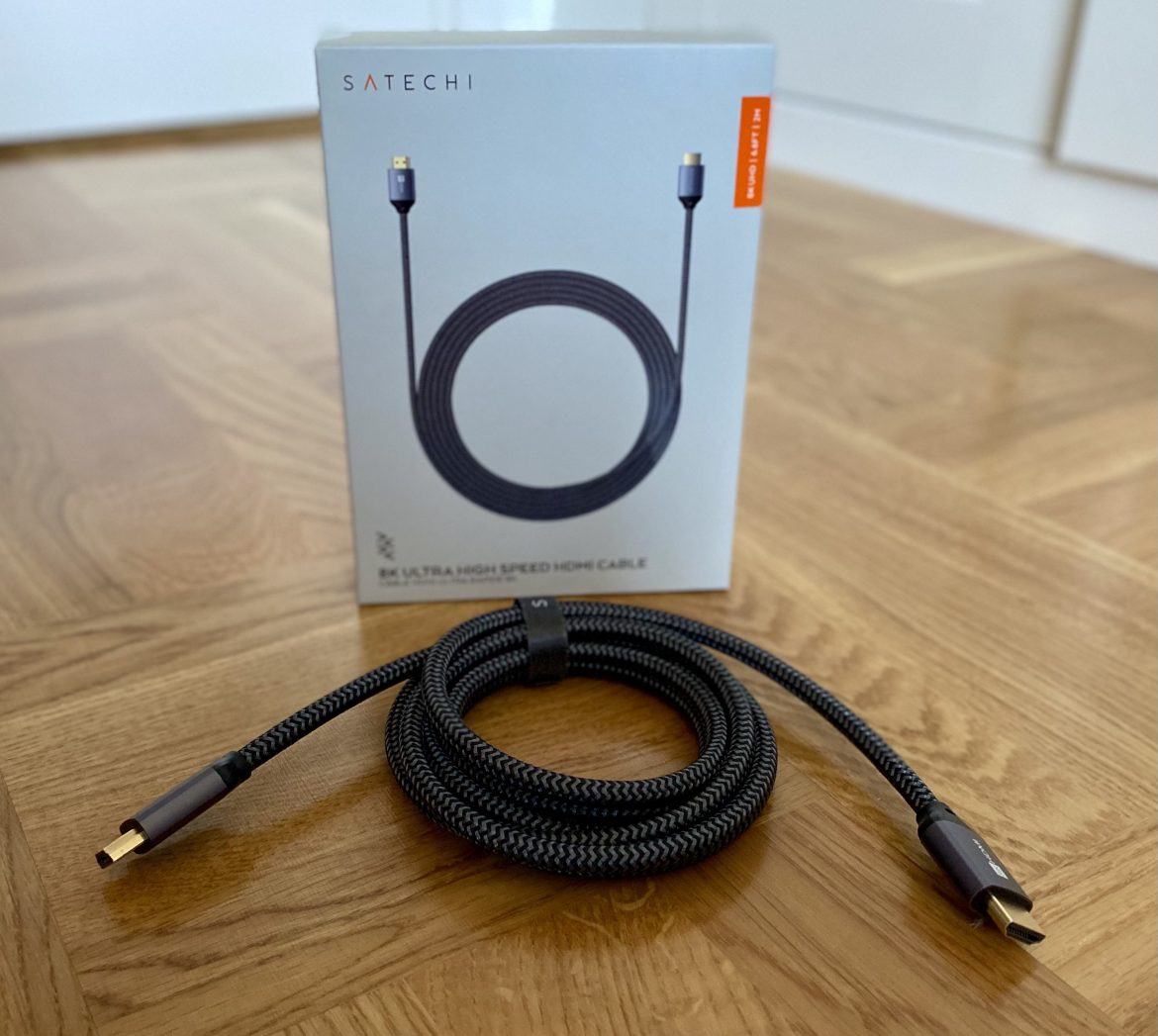TL;DR
Navigating HDMI 2.1 can be a maze, with many devices labeled "2.1" but lacking full feature support. This post dives into the confusing world of HDMI specifications and tests Satechi's new 2-meter HDMI 2.1 Ultra High Speed cable. It confirms the cable flawlessly supports 4K 120Hz and 8K 60Hz, even with advanced features like VRR and Dolby Vision. If you're looking to unlock the full potential of your next-gen console or high-end display, understanding the cable you use is crucial. Discover if Satechi's offering is the reliable solution you need.
HDMI 2.1 has become a subject of considerable discussion, primarily due to the complexities introduced by the HDMI consortium. Similar to the issues encountered with the USB standard, where various sub-labels exist for essentially the same specification (e.g., USB 3.2 Gen 1 being a rebranded USB 3.1, distinct from the higher-performing USB 3.2 Gen 2×2), HDMI faces comparable challenges. The older HDMI 2.0 standard (and its variants) remains available and widely sold, offering a maximum bandwidth of 18 Gbps and supporting up to 4K resolution at 60Hz. This is insufficient for current-generation consoles that require 4K at 120Hz to fully realize their potential. Compounding the issue, HDMI 2.0 certification is reportedly “no longer used,” with all approved devices now labeled as HDMI 2.1 – even if they don’t fully support the standard. Some devices, such as certain TVs and amplifiers, may offer “limited HDMI 2.1 without VRR” support.
Satechi is a reputable provider of reliable third-party accessories, commonly used with Macs in professional settings (their USB-C hub is particularly valuable for newer Mac models). They have recently introduced an HDMI 2.1 cable, 2 meters in length, supporting 8K resolution at 60 Hz and 4K at 120Hz / 100Hz. While “versions” of cables are frequently discussed, the official HDMI nomenclature designates cables as either High Speed (HDMI 2.0) or Ultra High Speed (HDMI 2.1), which this cable adheres to.

A dependable HDMI cable should operate seamlessly, maintaining consistent audio and video synchronization, and preventing digital artifacts such as pixelation. The Satechi cable fulfills these requirements, functioning flawlessly with 120 Hz, VRR, and Dolby Vision HDR in 12-bit mode on the Xbox Series X, performing as expected.
The functionality of a cable is binary: it either performs correctly or it does not. In this case, the Satechi cable performs as required. Priced at 329 kronor, it represents a reasonable investment for a shielded and twisted high-quality cable designed to resist tangling, placing it competitively against options like Nikabe from Kjell & Co. While lower-priced, unbranded HDMI cables claiming to support 8K @ 60Hz are available, their performance can be inconsistent, similar to the variability observed with third-party phone fast chargers. Given the critical role of the HDMI cable within a home entertainment system, investing in a reliable option is advisable. While many HDMI 2.1-compatible devices include a dedicated cable (e.g., PS5 and Xbox Series X/S), an additional high-quality HDMI 2.1 cable is often necessary for connecting devices such as amplifiers (which can also function as switches) to a display, or for accommodating future hardware. Higher-capacity cables are backward compatible, but the reverse is not true.
Vendora provided a review sample for this evaluation. The provision of review units does not influence our editorial independence.

